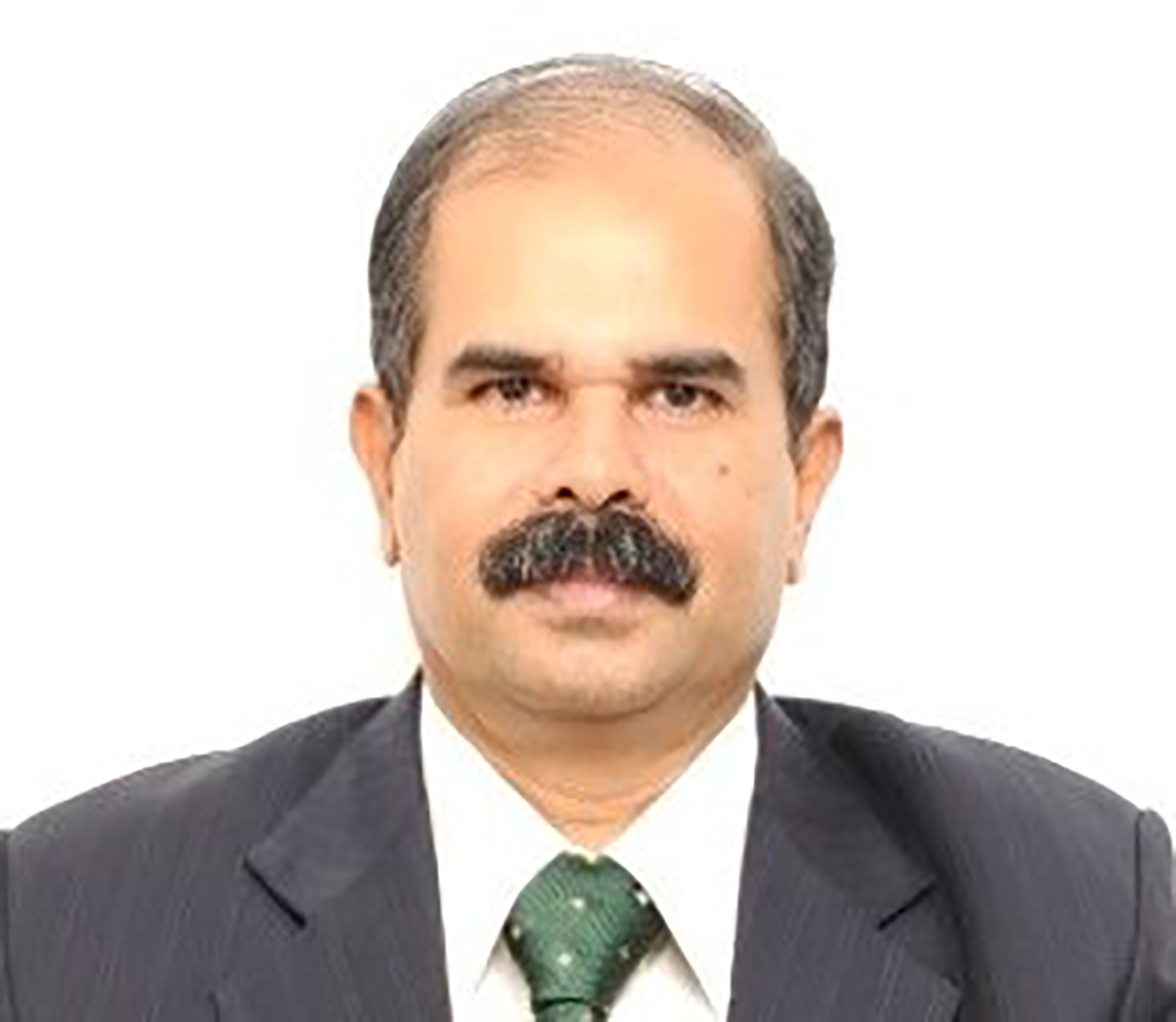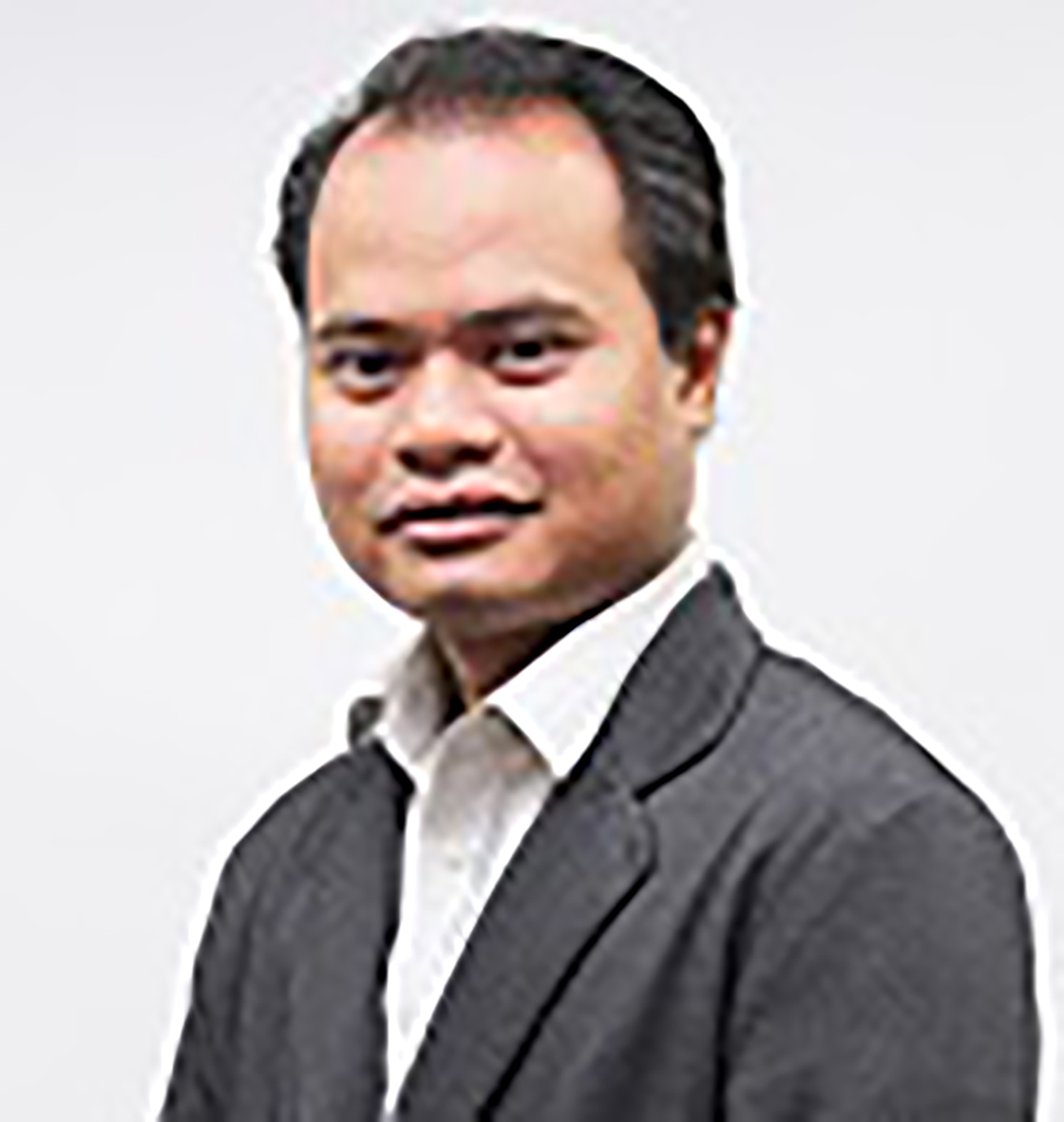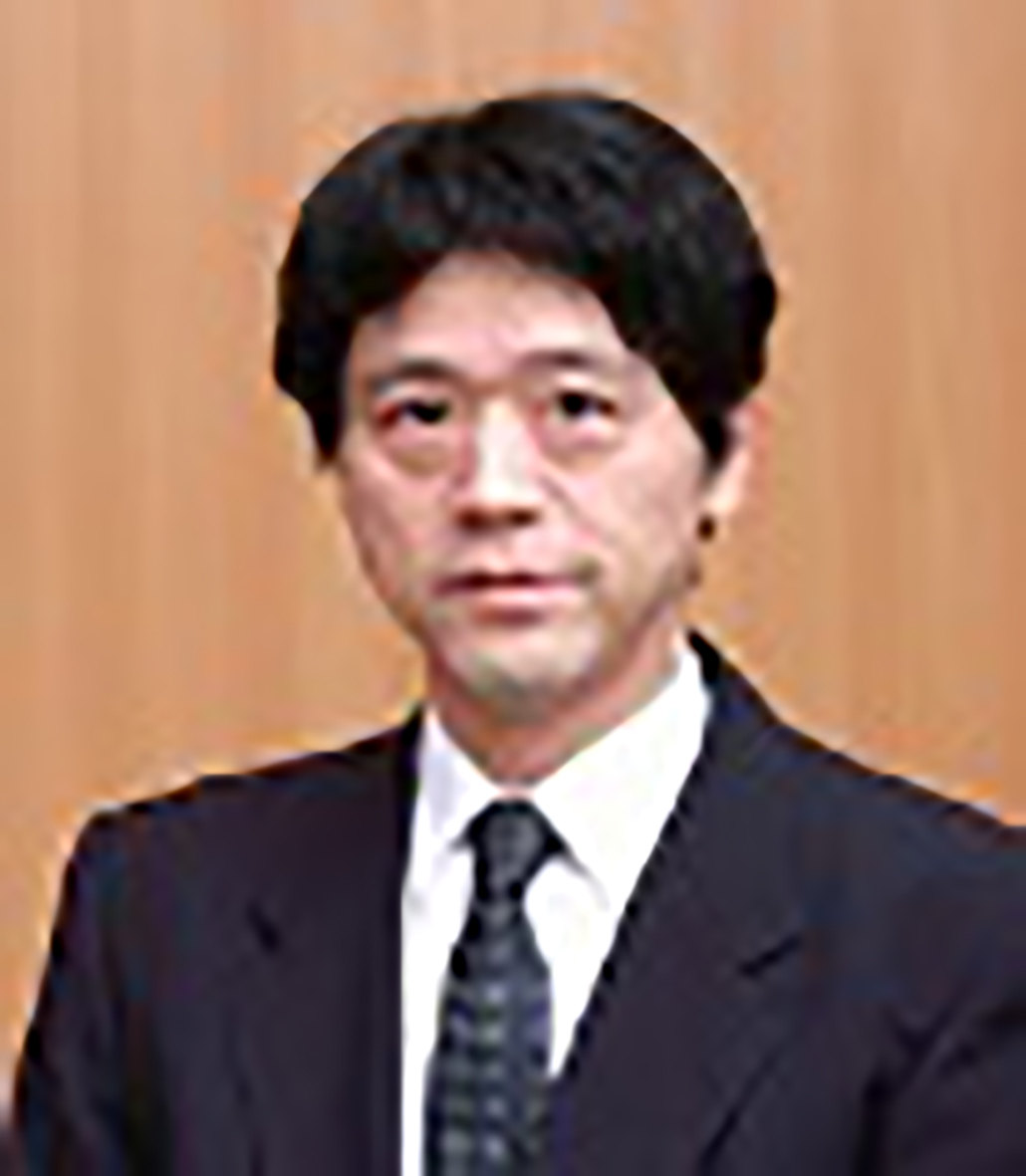Preface
Technological innovations have been making disruptive changes in how clinicians deal with a medical condition. Several enabling technologies over the last decade have made significant changes to treatment and treatment procedures in hospitals across the world. Most of this has been possible because of the fact that there has been a quantum jump in computational power and resources. Today software’s can extract patient data from Computer Tomography (CT) scan images and segment out areas of interest for creating realistic computer models. These models are then analysed on even more complex software tools. These tools and software programs have aided the design and development of medical devices and implants and have facilitated the precise understanding of the biological functions. Volume rendering tools and imaging software’s are able to predict and diagnose the prevalence of cancer and tumours in breast as well as the brain. High performance computing resources have made possible the encoding of the entire human genome. With improvements in computational resources, tools and techniques it has been possible to better understand the biological functions.
This special issue on “Computational Engineering for Health, Environment and Biological Sciences” covers specific areas of medical and dental sciences and biomedical engineering. The aim of this special issue is to communicate the research carried out by teams of clinicians and engineers in medicine and healthcare. An excellent collection of 11 research papers covering image processing, arterial blood flow, nasal cavity flow dynamics and dental implants are presented in this special issue.
A number of papers on image analysis of prostrate carcinoma, breast thermography are presented in this issue. ADC MRI techniques in the detection and localization of prostate carcinoma retrospectively in 78 male patients with suspicion of prostate cancer is presented. Significant difference is observed between malignant and benign ADC value. The areas of lowest ADC values can indicate the regions to be biopsied.
Use of breast thermography in early detection of breast cancer is described. The extracted edge map in Type-I and Type-II images using You and Kaveh (YK) and Nonlinear Nonlocal (NLNL) diffusion filter is discussed. Two gradient based metrics Edge preservation Index (EPI) and Gradient Magnitude Scale Deviation (GMSD) were used to validate the extracted edge maps. The edge map extracted from YK fourth order filter will aid precise segmentation and can be used for early screening and clinical interpretation.
In another study, the authors employed the pap smear microscopic screening process to detect pre-cancerous and cancerous cells in the cervix region. Standard segmentation techniques like fuzzy C-means clustering, region based active contours and particle swarm optimization to extract nucleus feature are presented. The statistical measures like precision, sensitivity (recall), specificity and accuracy are calculated and the performance of the extracted nuclei feature was compared with the standard benchmark Herlev database of pap smear images.
An affordable and efficient solution for the detection, severity quantification and constant monitoring of macular retinal diseases such as Age Related Macular Degeneration (AMD) is presented. A software based test that can be installed on computer in doctor’s clinic having inherent capability of severity scoring is validated. The clinical trials of Manipal MEAmsler (MME-Amsler) conducted on 134 subjects found 72 patients affected from AMD/Maculopathies. Sensitivity of 90.2% and Specificity of 84.4% was determined using this method.
Biological wastewater treatment is viewed as the most important and very complex unit processes in wastewater treatment. A CFD-based model is developed to study the velocity profiles of orbital biological system (OBS). The model is a very useful tool in view of the fact that the OBS has complicated hydraulic patterns that will always cause a high internal recycle flow or the cycling of mixed liquor throughout the system.
Computational methods are now finding increased application in dentistry and in medical fluid flow studies. Maxillary protraction with expansion is the recommended treatment modality for growing patients with cleft lip and palate. A 3D finite element model of a patient with unilateral cleft lip palate was simulated for maxillary protraction and expansion. The aim of this study was to analyse and compare displacement of the craniofacial structures for Facemask and Maxgym with and without expansion. The study concluded that Maxgym forces produce greater displacement than Facemask under all loading conditions. Maxgym can be used as an alternative to Facemask to treat midfacial deficiency.
The stress distribution of zirconia implant material with gold standard titanium is compared. Von-Mises Stress distribution and deformation in bone surrounding implant were also estimated. The authors show that zirconia implant demonstrated similar stress patterns and was comparable to titanium implant assembly.
Investigation of the airflow patterns and particle deposition in a healthy human upper airways is presented. A realistic 3-D computational model of the upper airways including the vestibule was developed using a series of CT scan images of a healthy human. The trajectory analysis approach was applied to study the particle transport and deposition for the model with and without mucous lining. The presented results revealed that the mucus layer can have significant impact on airflow analysis and there were noticeable differences in the amount of particle deposition in each models.
Pulsatile blood flow through human carotid artery using Computational Fluid Dynamics (CFD) is presented. The carotid artery model is segmented and reconstructed from the Magnetic Resonance Images (MRI) and the results of non-Newtonian (Carreau-Yasuda) model and Newtonian model were compared. Comparison of local shear stress magnitude showed that the shear thinning property of blood influences the Wall Shear Stress (WSS). The transient analysis results for both resting and exercise cases at constant systolic pressure of 90 mm of Hg agreed well with the available literature.
In healthy joints the cartilage surface coated with phospholipid multi-bilayers is governed by a boundary lamellar-repulsive hydration lubrication mechanism. The phospholipid bilayers of biological surface were investigated and friction testing was carried out. It was experimentally proved that phospholipid (PLs) bilayers with lamellar structure can act as an effective solid lubricant in friction and wear under biological test conditions.
We hope this special issue on “Computational Engineering for Health, Environment and Biological Sciences” benefits the interdisciplinary research areas in near future. In bringing out this special issue, we are grateful to all the authors for their exceptional contribution and the reviewers for their time and effort. We are indebted to Prof. George Maroulis, the Editor-in-Chief of Journal of Computational Methods in Science and Engineering for the opportunity to publish a collection of the conference proceedings.
Guest Editors
| Prof. Dr. Raghuvir Pai | |

| Dr. Raghuvir Pai is a Professor in Manipal Institute of Technology, Manipal Academy of Higher Education, India. He worked as a Department of Science and Technology-BOYSCAST Postdoctoral research fellow at Cranfield University, UK. He has 180 research publications in journals and international and national conferences. His expertise in research is in the field of water lubricated bearings, externally-adjustable bearings, tri-taper bearings, Nano lubricants in bearings and FSI study of cartoid artery. |
| Assoc. Prof. Ir. Dr. Kamarul Arifin Bin Ahmad | |

| Assoc. Prof. Ir. Dr. Kamarul Arifin Bin Ahmad received his MSc. and PhD from Cranfield University and Queen’s University of Belfast respectively. He is currently working as Assoc. Professor with Universiti Putra Malaysia, Malaysia. His research interests are aerodynamics and biomedical engineering. He has secured several research grants to study the nasal airflow dynamics and TAVI implants in aorta. His main focus on biomedical research is aerosol deposition patterns in diseased airways, blood flow behavior in stenosed arteries and paravalvular leakage issues associated with implantation of TAVI. He has published many Journals on fluid flow and biomedical engineering. |
| Prof. Dr. Masaaki Tamagawa | |

| Prof. Dr. Masaaki Tamagawa completed his Masters from University of Tokyo, Japan, and Doctorate of Engineering from Kyoto University, Japan. He is currently working as Professor, Department of Biological Functions Engineering, Kyushu Institute of Technology, Japan. His research areas are Fluid Engineering, Biomedical Engineering, Thrombus, blood flows, artificial organs, drug delivery systems, rengerative medicine and micro machine. He has published more than 109 Journals and is the compiled 6 Books till date. |




